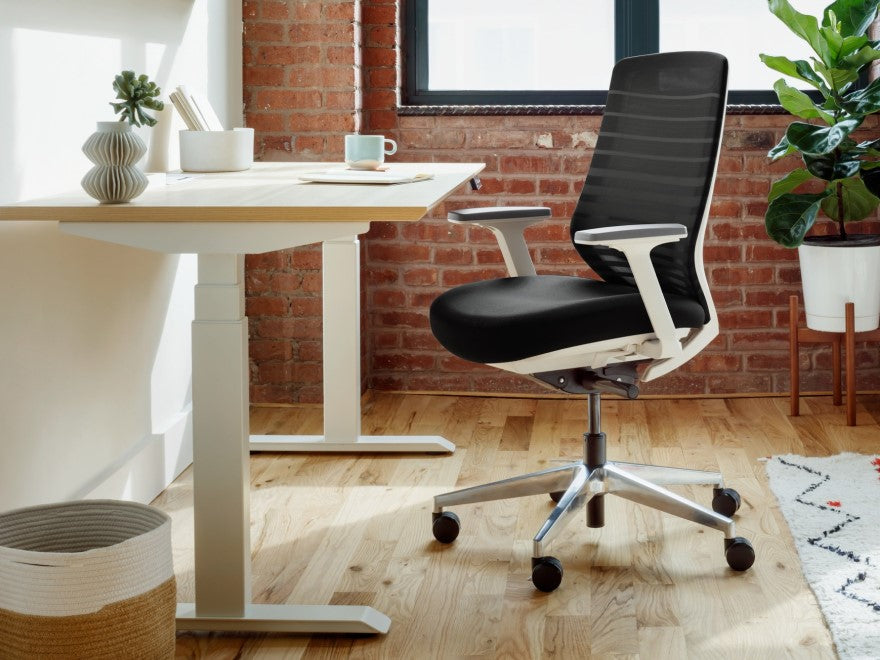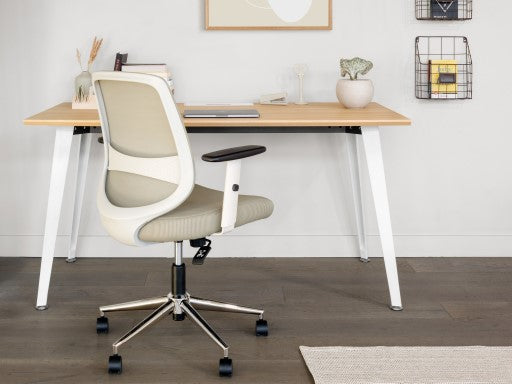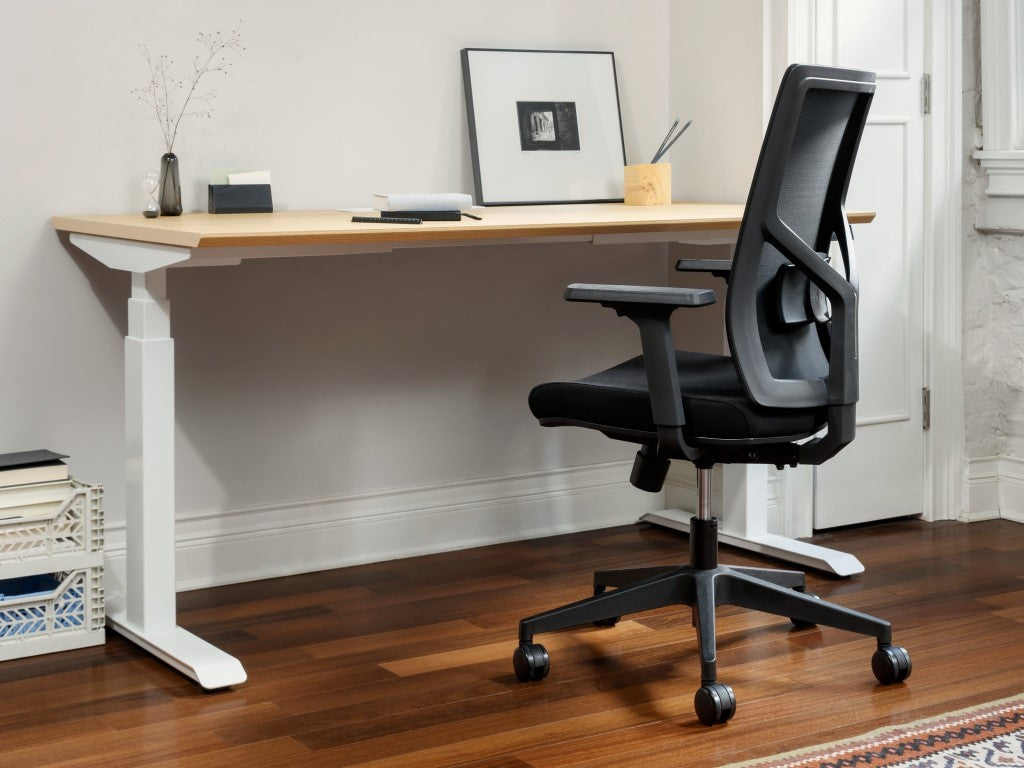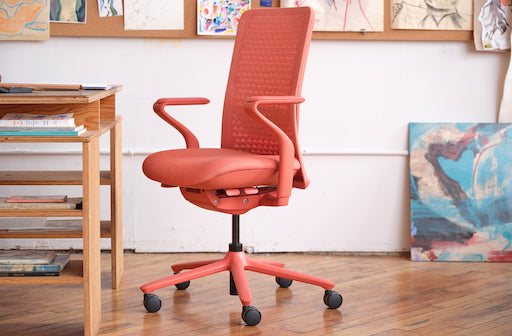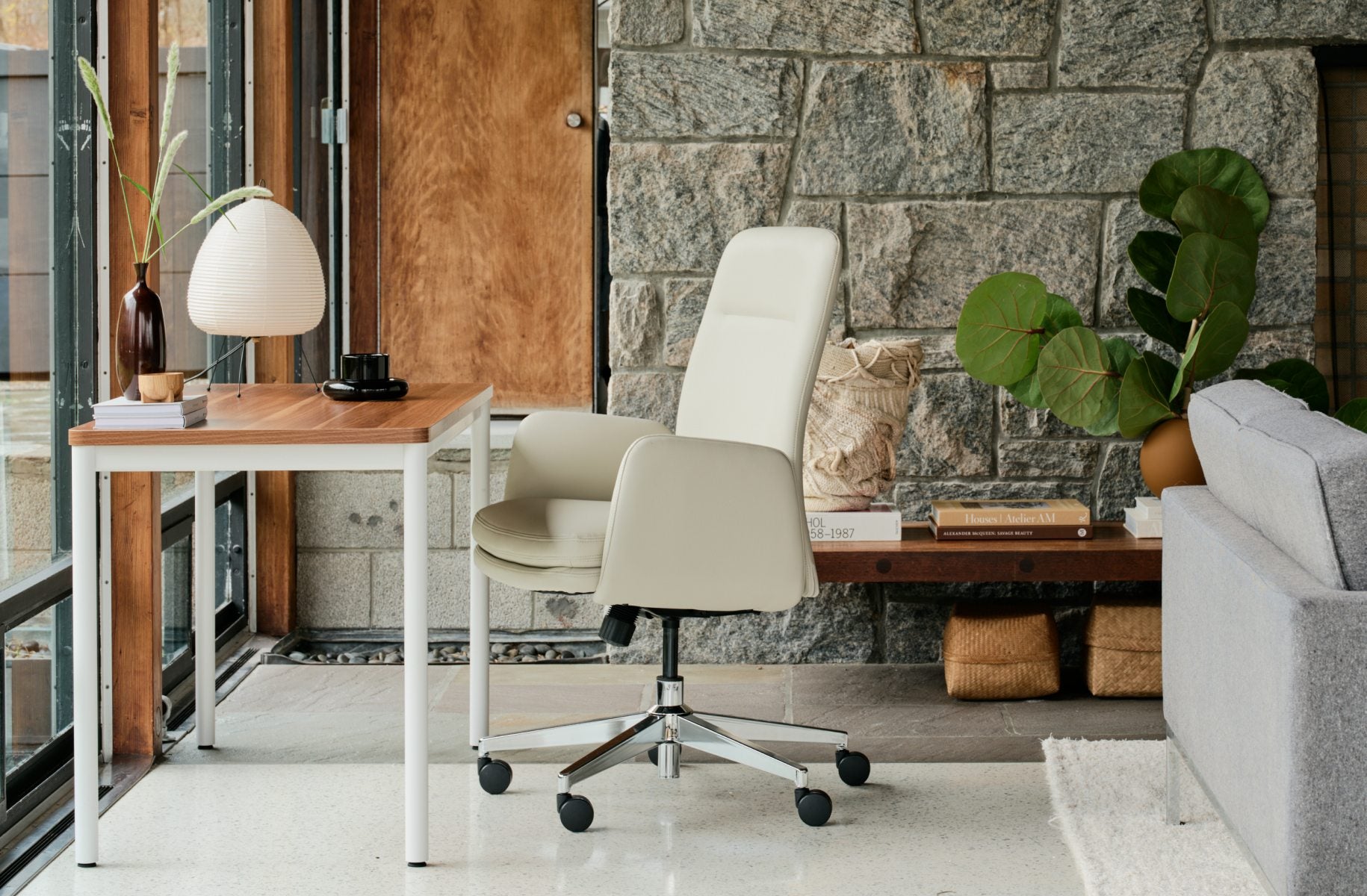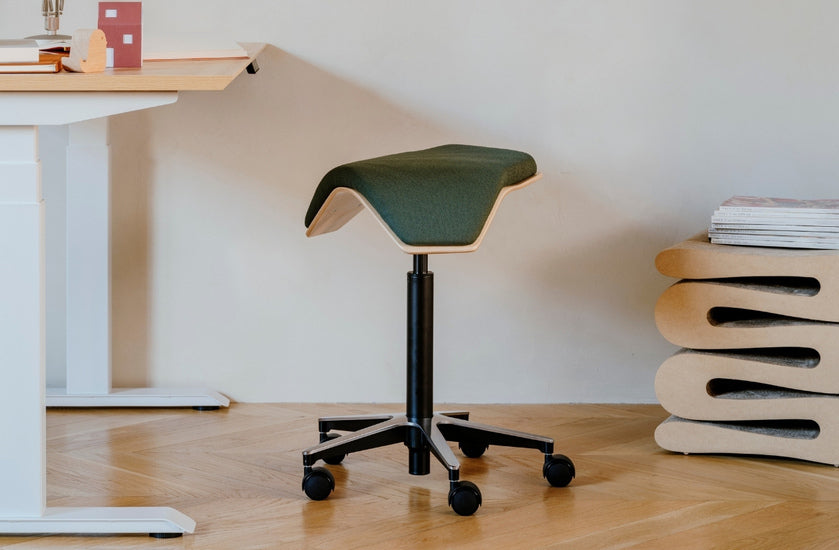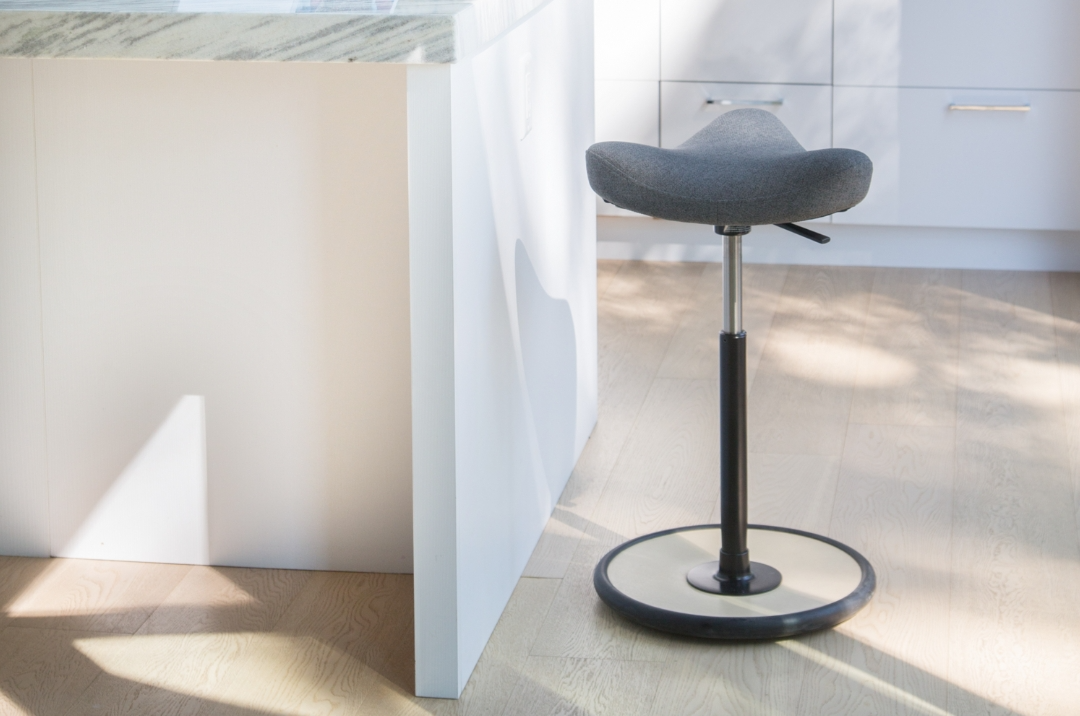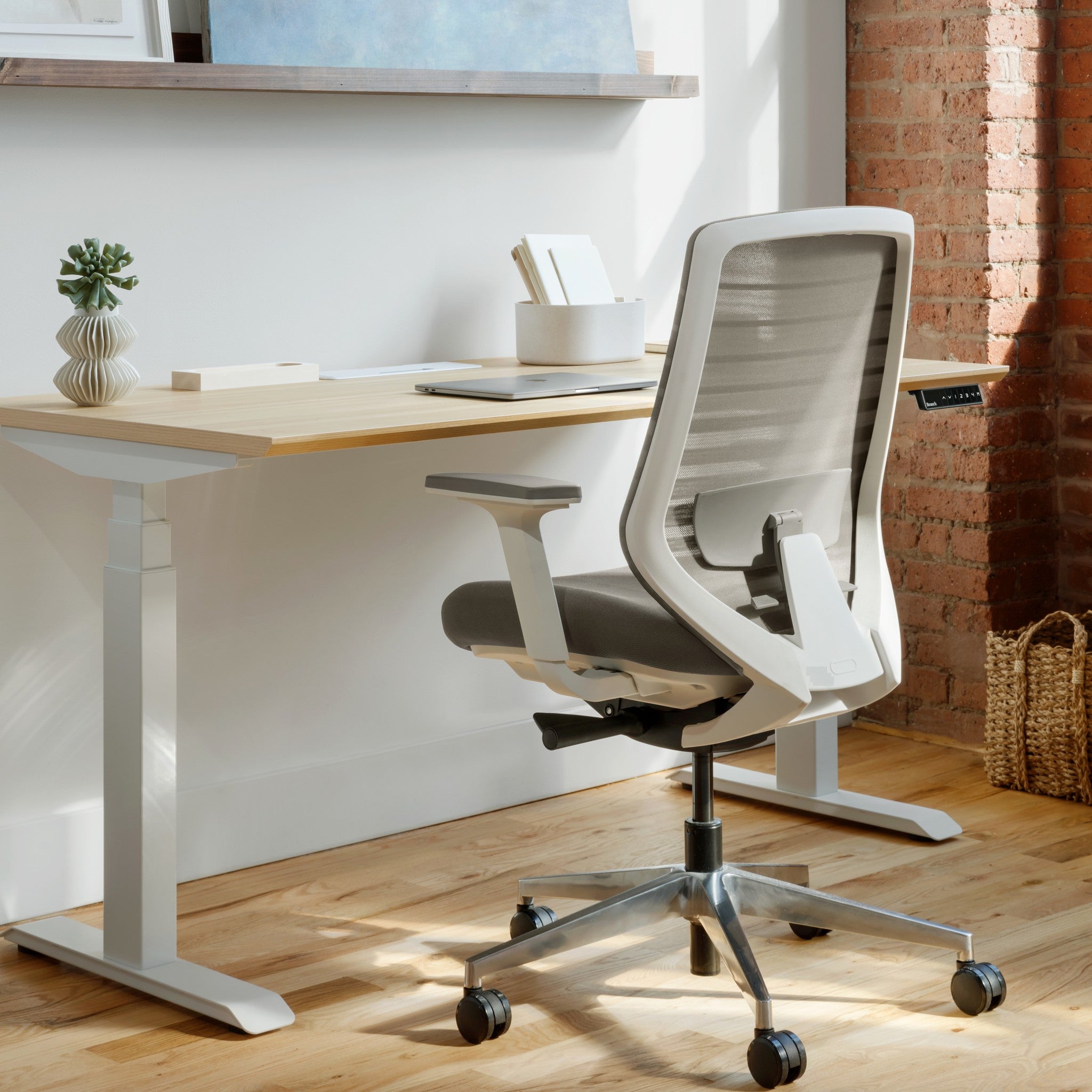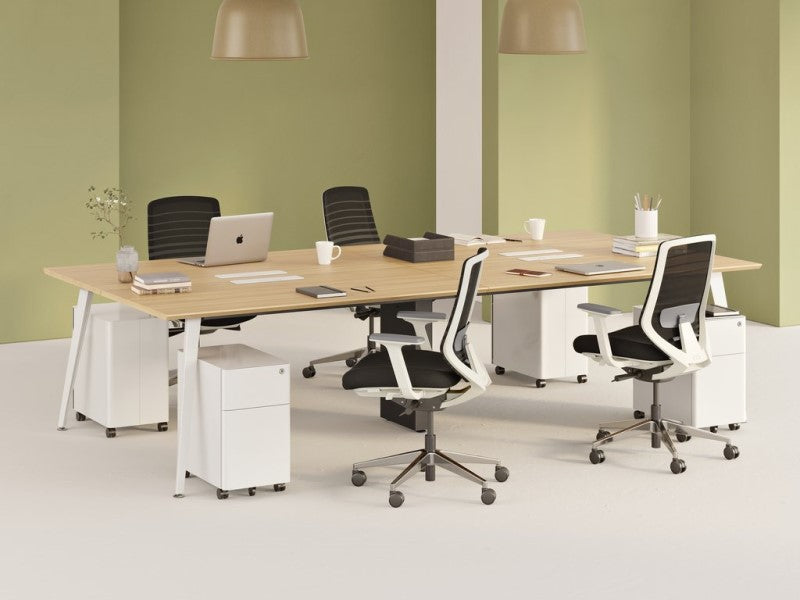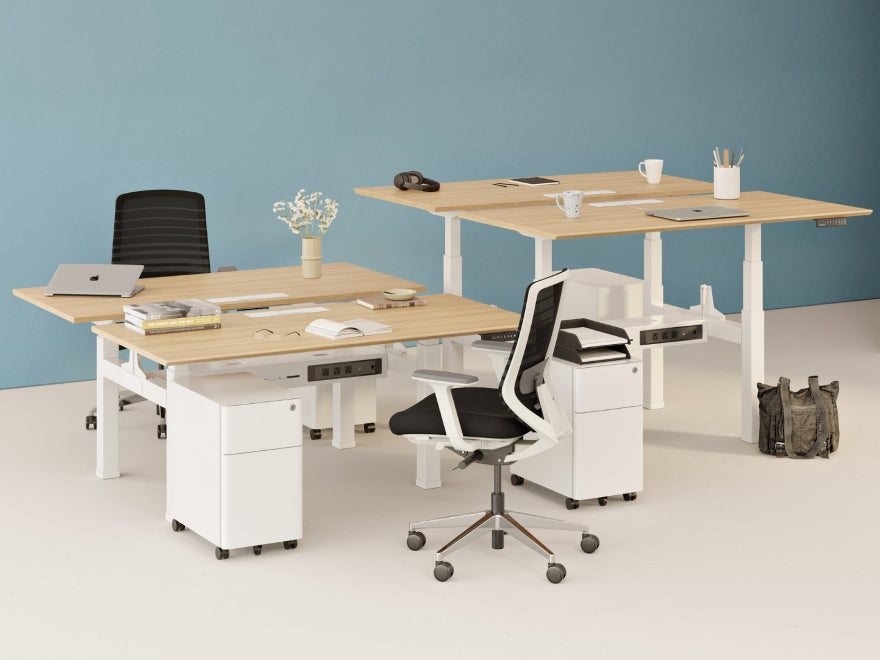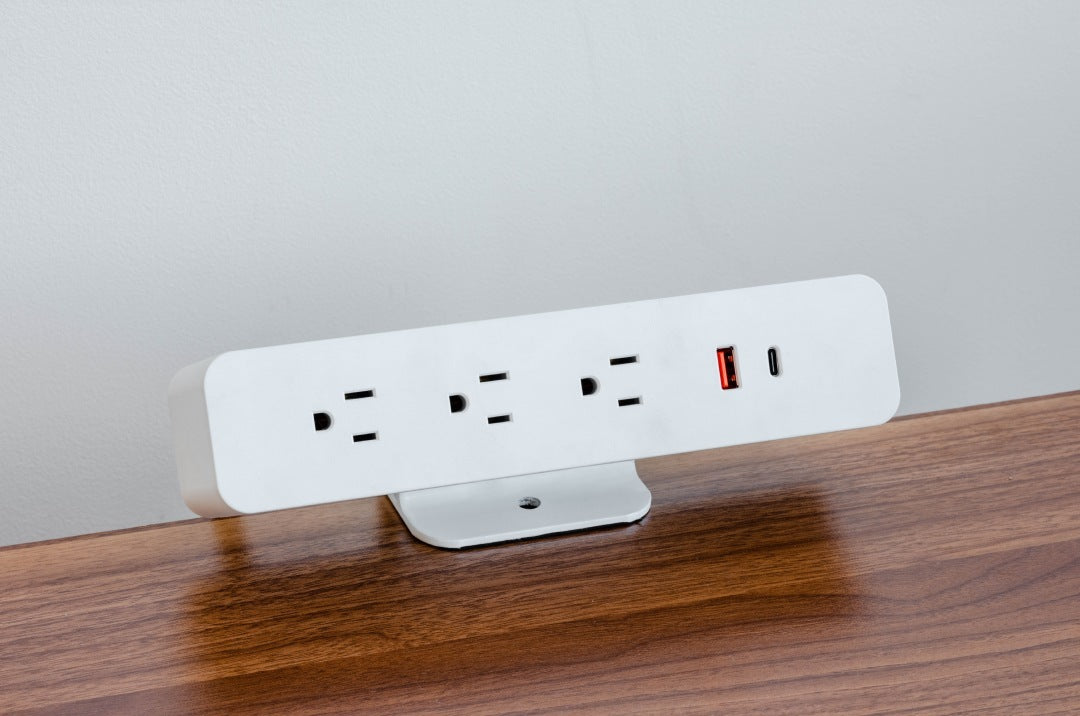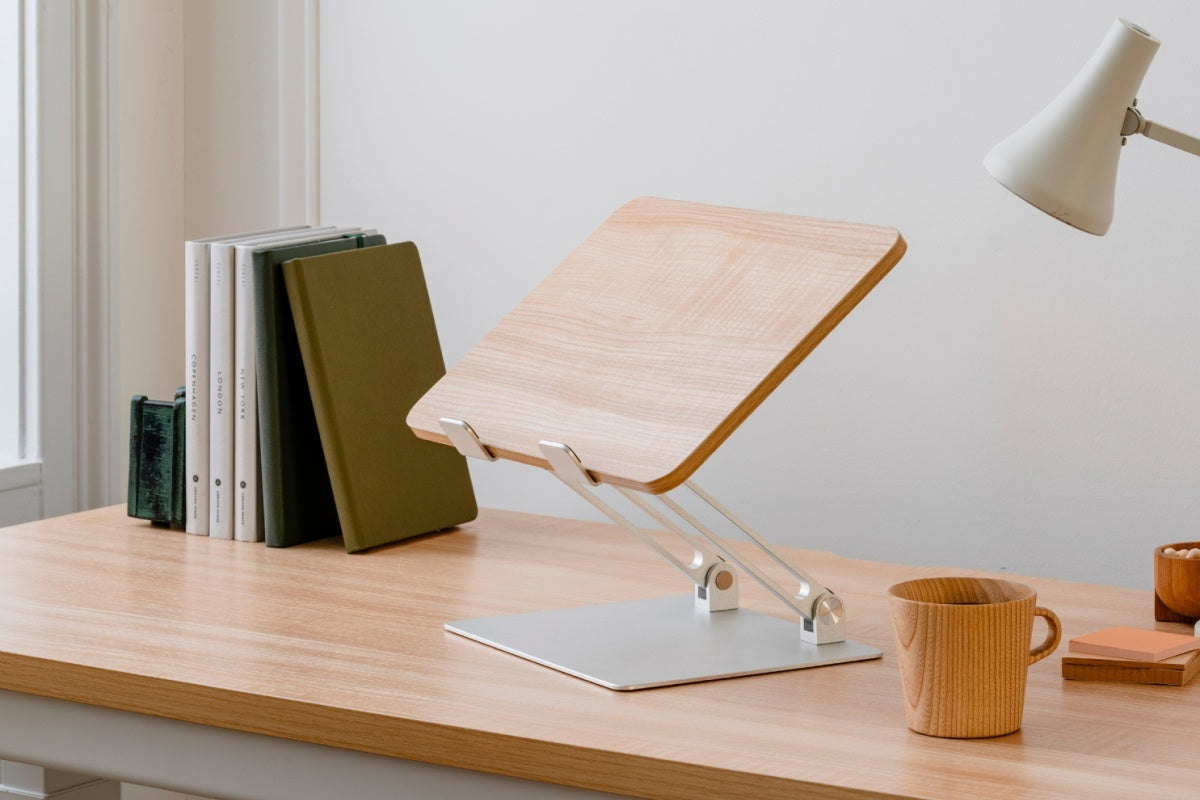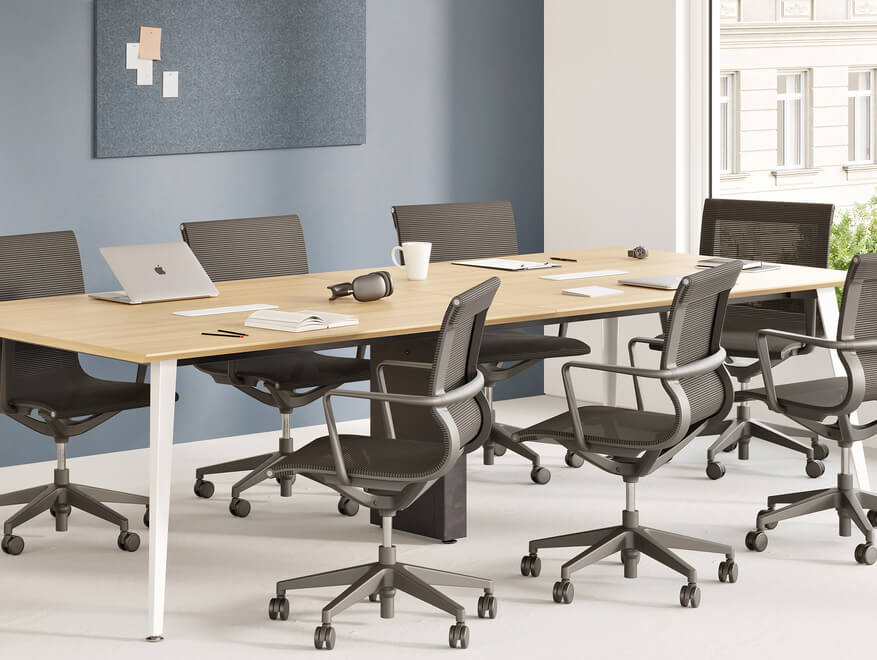Determining how long you should stand at a standing desk involves various factors, including your personal comfort, the nature of your work, and ergonomic guidelines. While there is no one-size-fits-all answer, several studies and ergonomics experts provide general recommendations to create an optimal standing-sitting routine.
The general consensus among experts suggests a ratio of 1:1 or 2:1 for sitting versus standing. This means for every hour or two you spend sitting, you should stand for an hour.
However, it's important to customize this ratio based on individual comfort levels and tasks. Some people may find they can stand longer, while others may need more frequent sitting breaks.
When standing, maintain good posture to maximize the benefits. This includes keeping your legs slightly apart, your weight evenly distributed on both feet, and your spine in a neutral position.
Your standing desk should be at a height where your arms can comfortably rest at a 90-degree angle while typing, and your computer screen should be at eye level to prevent neck strain. It’s also important to consider physical activity beyond standing. Integrating exercises like stretching or walking during breaks can enhance the health benefits of using a standing desk.
For those new to standing desks, start slowly. Gradually increase your standing time over several weeks to allow your body to adjust. Pay attention to any discomfort or fatigue and adjust your routine accordingly.
One easy idea to start with: Stand while you’re on meetings or calls, and sit while you’re doing heads-down work.
Ultimately, the goal is to create a dynamic work environment where you can move and change positions throughout the day. By doing so, you combat the risks associated with a sedentary lifestyle and promote health and productivity.

